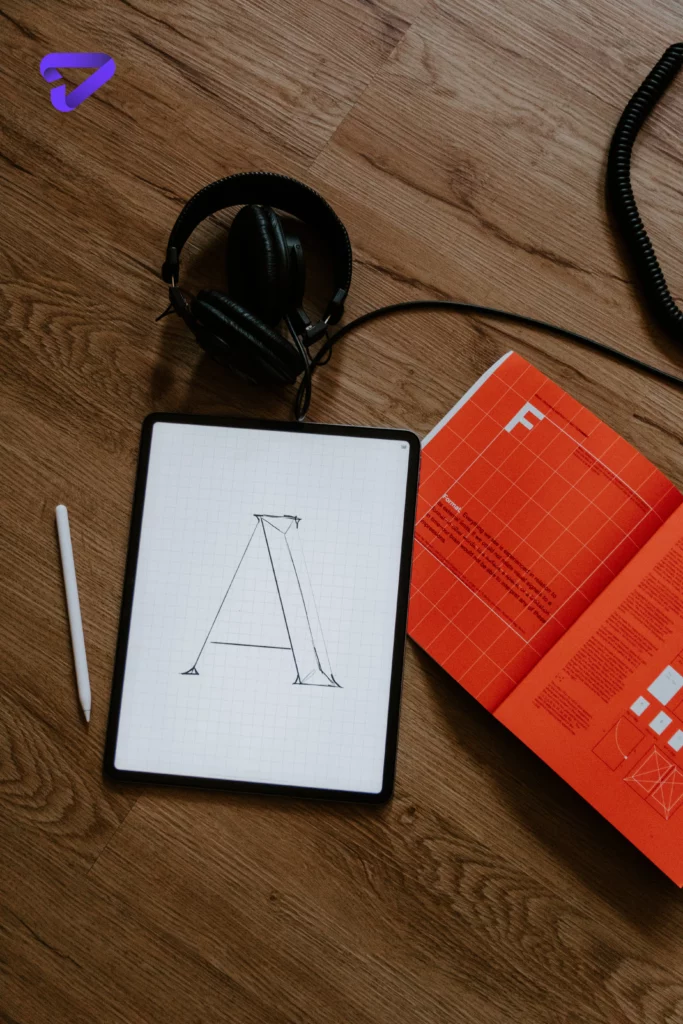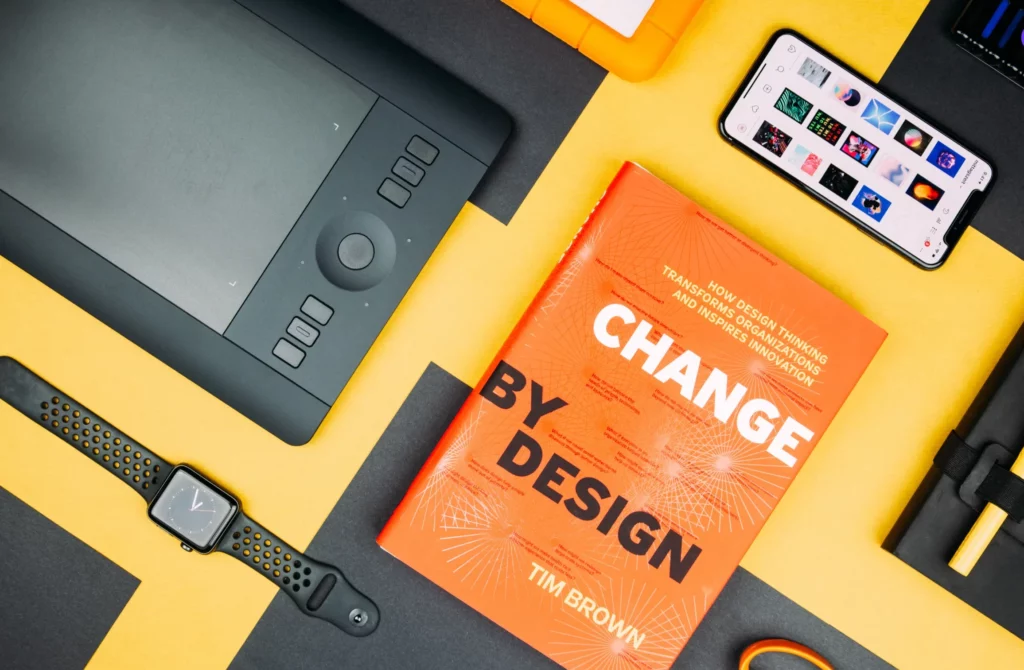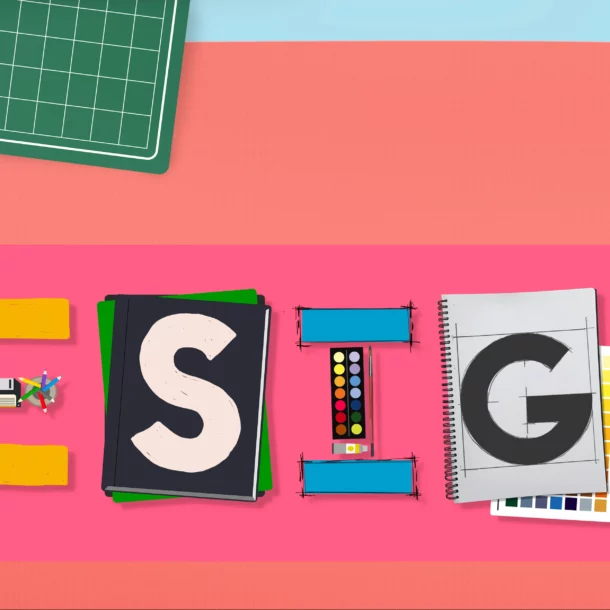
What is the golden rule of graphic design?
What is the golden rule of graphic design?
The Golden Rules of Graphic Design
Fundamental Guidelines to Create Captivating Visuals
Make a Strong First Impression
In graphic design, first impressions matter big time. When someone looks at your design, you have seconds to capture their attention and interest. Your graphics should immediately draw the eye to the most crucial element or message. Use contrast, color, and strategic whitespace to direct viewers to the primary call-to-action or focal point.
For example, critical information should never blend into backgrounds or get lost in busy areas. Ensure primary CTAs and logos pop off the page in the appropriate visual hierarchy. Don’t make critical details hard to notice. Lead the eye smoothly and intentionally through the design in the intended sequence. Crafted appropriately, your designs can make stellar first impressions that hook viewers.
Prioritize Simplicity and Clarity
Resist overcomplicating designs with too many competing fonts, colors, graphical elements, lines, shapes, or extraneous visual details. Simpler is usually better for clarity and messaging. Remove any excess visual noise that doesn’t directly support or enhance key goals. Use whitespace wisely to reduce clutter and create flow through designs.
Organize content in clean, easy-to-scan layouts. Employ established hierarchy principles to emphasize essential items correctly. Strive for simplicity and clarity so designs communicate effectively at a glance. Streamline details to spotlight only essentials. Adopting a minimalist approach often results in more beautiful and usable designs.
Choose the Right Fonts and Typography
Text headlines, body copy, captions, and data comprise graphic design content. Typography choices can strongly impact readability, comprehension, clarity of information, brand voice, and overall design aesthetics. Select font styles purposefully to support the experience you wish to create. Consider messages, audience, medium, branding, and more.
Pair complementary fonts for ideal contrast. Use ample line spacing and whitespace to ease readability. Employ strategic bold, italic, or capitalization for hierarchy, not excessive weights or sizes. Check copy at actual display sizes to ensure legibility. Let clever typography strengthen communication. Type conveys voice.
Pick a Meaningful Color Scheme
Color is considered one of the most influential graphic design elements. Selecting colors purposefully based on psychology, symbolic meanings, color theory, and brand appropriateness ensures they strengthen any design. Limit your primary palette to a few colors. Vibrant accent colors can highlight or contrast with neutrals.
Ensure sufficient contrast between text and backgrounds for easy legibility. Interactive elements often use color to indicate status. Consistent color usage reinforces cohesion across deliverables and mediums. Impactful color choices attract the eye while aiding understanding on both aesthetic and functional levels.

Craft Cohesive Visual Branding
Maintaining consistent visual branding is critical, especially across digital and print materials that audiences encounter in diverse contexts. Brand style guides document and share guidelines for logo usage, typography, primary color palettes, approved graphical patterns, photography tone and filters, iconography, illustration, and other visual assets.
Repeating those core visual elements, look, and feel across mediums builds familiarity, trust, and professionalism. It also amplifies memorability, so even a small logo or color scheme evokes the brand. Unified visual language is powerful. Integrate branding thoughtfully into designs.
Photography and Illustration Set the Scene
Photographs, vector illustrations, animations, and other visuals provide vital graphic design context, emotion, and personality. Images establish the world, relationships, and mood while clarifying complex or abstract ideas. Choose stylistic approaches purposefully, from hand-drawn to 3D rendering, for example.
Ensure imagery visually resonates with target demographics and subject matter. Images also balance and support type-based content. When well-executed, photos and art exponentially elevate designs from mundane to memorable. Images should feel natural, not arbitrarily inserted.

Focus on Audience, Context, and Goals
Know your target viewers and where/how they will experience the design. Unlike financial investors, young audiences expect energetic text treatments, characters, and colorful visuals. Context guides smart design choices – a homepage hero image won’t work on a tiny mobile screen. Messaging in noisy environments relies on bold shapes and contrast versus intricacy.
Design with a user and usage perspective to create relevant, goal-oriented experiences. Perform usability testing to observe how audiences consume and move through designs. Maintain user-centric thinking rather than assumptions. Use their needs to shape choices.
Refine Through Iteration and Testing
Good design takes effort – expect to iterate. Be flexible in improving drafts through editor and user feedback. Tweak typography for readability at actual sizes. Refine imagery based on reactions. Simplify complex sections that confuse. Test across different devices and screen sizes. Fix anything undermining user goals.
Sweat details through multiple revisions if needed. Keep iterating until you achieve simple, practical designs that users love. Creating excellent graphics requires patience. Test and refine to make greatness.
Now let's recap answers to graphic design FAQs:
What are the 5 crucial things in graphic designer?
- Alignment – Align elements consistently for clean organization.
- Hierarchy – Establish clear visual priorities and flow.
- Contrast – Use contrast in size, color, and style to distinguish elements.
- Repetition – Repeat styles, layouts, and themes to build cohesion.
- Negative space – Use whitespace to prevent clutter and ease scanning.
What are 5 golden rules of design?
- Symmetry and balance to construct appealing layouts.
- Emphasis and focal points to control attention.
- Scale and proportion for spatial relationships.
- Unity and harmony via color schemes and styling.
- Rhythm through positioning, sizes, and repetition.
What are the 5 common mistakes graphic designer make?
- Too many fonts and inconsistent styling.
- Cluttered, dense compositions.
- Weak visual hierarchy and messaging.
- Poor alignment and whitespace usage.
- Bad color combinations and lack of contrast.

What is the most important to the design rule and why?
The user and intended response are most important. All choices should ladder up to guiding the user smoothly towards key goals like conveying information clearly, prompting interaction, encouraging purchase decisions, efficiently navigating flows, and keeping user needs, behaviors, and emotional responses in mind, resulting in a human-centric design that works.
Conclusion
Follow these golden rules to craft captivating, effective designs audiences love. Embrace iteration, testing, creativity, and constructive feedback while keeping the user at the center. With practice, you will master both art and science to become an outstanding graphic designer. Don’t settle for mediocre charlotte graphic design services- our top-tier creative team will take your brand identity to the next level. Schedule a strategy session now.








